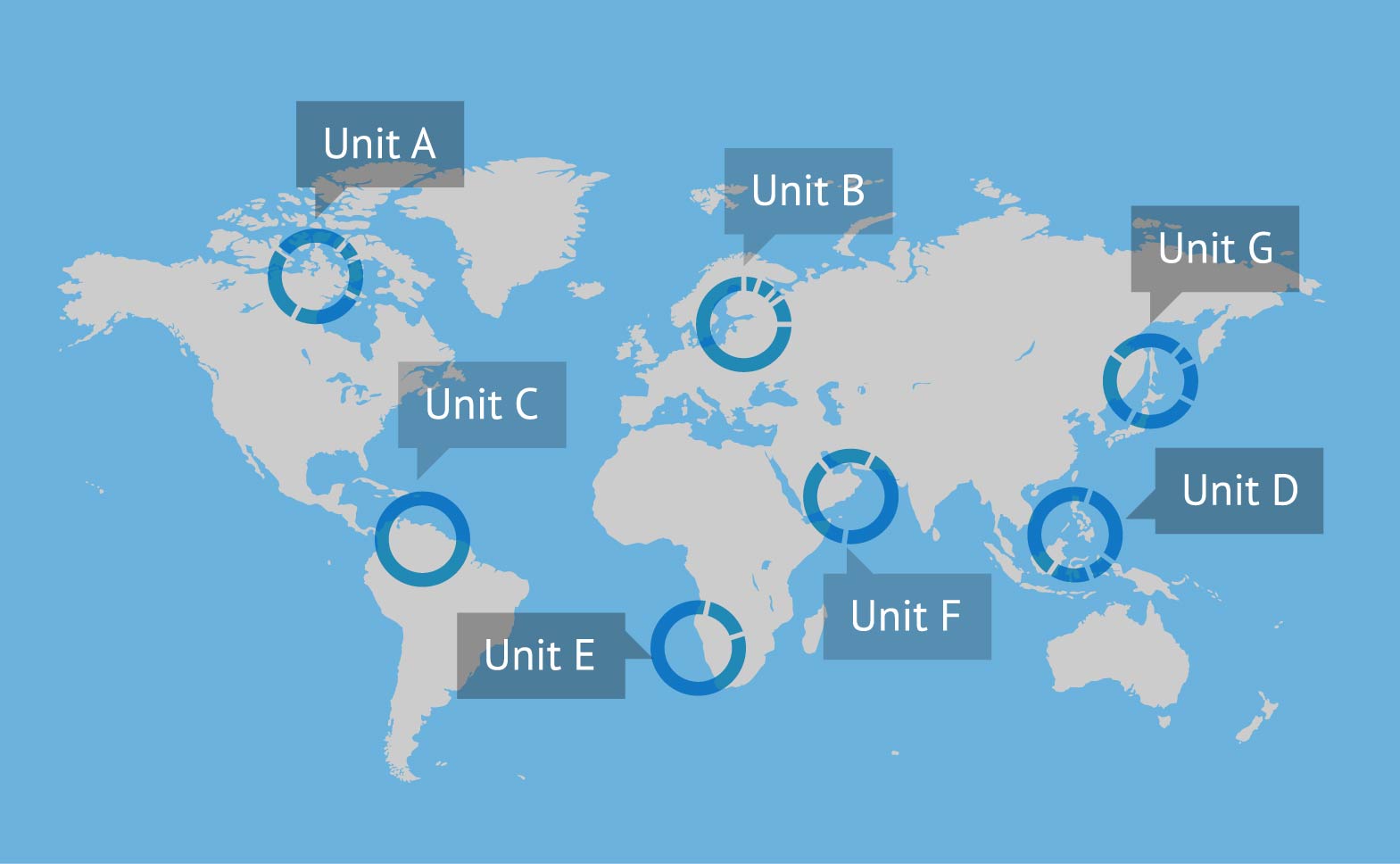The arboviruses West Nile virus (WNV), dengue virus (DENV) and Ross River virus (RRV) are transmitted through blood. A specific statistical model for estimating the risk of WNV infection through transfusions of blood products has been developed and also applied to Chikungunya virus. Also, another probabilistic model was developed to assess the risk of DENV transmission, which was later adapted to RRV. To improve the effectiveness and reduce the limitations within each model, a hybrid model has been studied that promises improved accuracy, and is broadly applicable to assess the risk of arboviral transmission by blood transfusion.
Data were drawn from the Public Health Unit, Cairns (Australia) and the published literature. A novel combined model has been developed and validated using sensitivity test. The mean risk of arbovirus infections per 10,000 transfusions with the combined model is of 0.98 (from 0.79 to 1.25), while the maximum risk is 4.45 (from 2.62 to 7.67). These parameters with the previous models were 1.20 (from 0.84 to 1.55) and 2.86 (from 1.33 to 5.23), respectively. In conclusion, the combined simulation model is simple and robust. It could be applied as a generic arbovirus model to assess the risk from known or novel arboviral threats to the blood supply.
Transfus Apher Sci. 2016: S1473-0502(16)30086-6
A simulation model to estimate the risk of transfusion-transmitted arboviral infection.
Shang G, Biggerstaff BJ, Richardson AM, Gahan ME, Lidbury BA.



